Two workshops are schedule for 2019, Intro to Boatbuilding with the CIY and Sparmaking.
Late last year, I had a group in the shop for the first run of Introduction to Boatbuilding with the Calendar Islands Yawl. Here is what Ben had to say…
“For me, the greatest takeaway from the class is the confidence in myself to make my project successful. Having helped build a boat under your guidance was a great experience. I loved the shop, felt really comfortable moving around, felt like I was working in a friends space. For Dave and I your teaching style was excellent. You gave us the information needed, then let us work. We were able to figure things out for ourselves, but you were still always willing to come guide us as needed.”
-- Ben, CIY class participant
Another student bought the boat and we are finishing it out in the shop for him.
I look forward to teaching the methods of sparmaking that I have settled on after years of practice and building boats.









